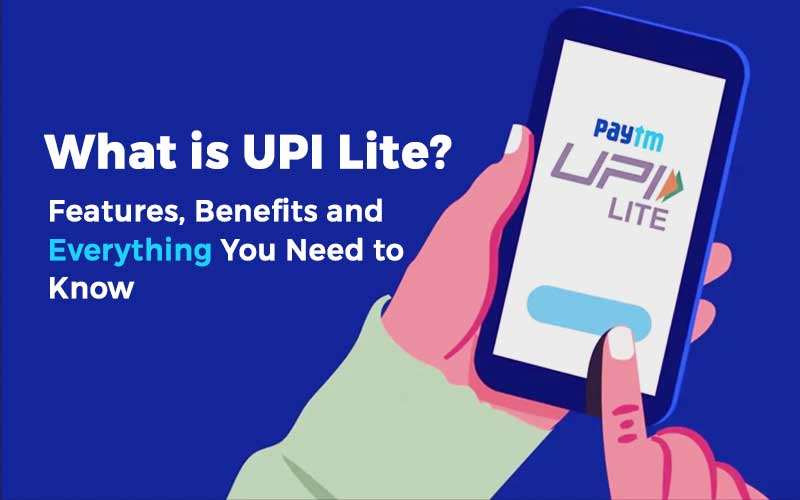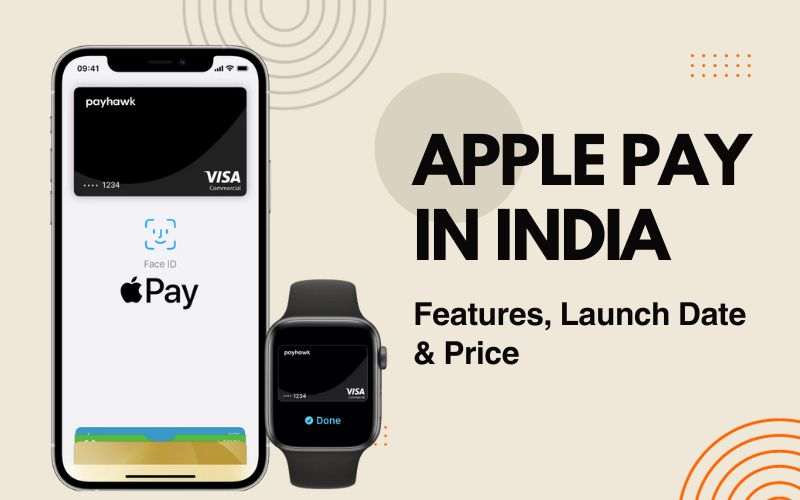Want to track your UPI payments effortlessly? Explore our guide for clear, step-by-step instructions for how to track UPI transaction easily.

In today’s digital age, the Unified Payments Interface (UPI) has revolutionized the way we handle financial transactions. With its convenience and speed, UPI has become one of the most popular payment methods in India. However, like any other transaction, it’s essential to track your UPI transactions to ensure they are processed correctly and securely. In this guide, we’ll walk you through the steps on how to track UPI transactions effectively.
Understanding UPI Transactions
Let’s start by understanding what UPI transactions are before we jump into tracking them. UPI is a real-time payment system developed by the National Payments Corporation of India (NPCI) that enables users to transfer money between bank accounts instantly using their smartphones. It allows for seamless transactions between different banks and is widely used for various purposes like bill payments, online shopping, and peer-to-peer transfers.
Also Read: What is UPI Lite? Features, Benefits and Everything You Need to Know
Understanding UPI Transaction IDs and Tracking Numbers
Every time you make a UPI transaction, you get two special codes that help you track what you’ve done:
- Transaction ID (UPI Reference Number): This acts as a unique 12-digit “fingerprint” for each transaction, allowing you to pinpoint and track specific transactions within your transaction history. You’ll find the transaction ID displayed on your phone screen or included in the confirmation message after a successful transaction.
- Tracking Number: While not always visible within your UPI app, this number, generated by the National Payments Corporation of India (NPCI), plays a critical behind-the-scenes role. It facilitates communication between banks, ensuring smooth transaction processing.
Both codes are important for tracking, but you’ll mostly use the transaction ID to check on a specific transaction.
You May Read: What is UTR Number For UPI Transaction? Why Does It Matter? Explained!
Why Track UPI Transactions?
Why should you care about tracking your UPI transactions?
- Verification: It helps verify whether the intended recipient received the payment.
- Security: Monitoring transactions ensures that there are no unauthorized or fraudulent activities on your account.
- Record-keeping: Tracking transactions helps in maintaining a record of your financial activities, which can be useful for budgeting and auditing purposes.
- Recovery: It helps to recover money if that is sent or transferred to wrong UPI address or UPI Id
Also Read: Fake UPI Payment: 11 Safety Tips to Spot & Avoid The Fraud
Methods to Track UPI Transactions
Tracking UPI transactions can be done through multiple channels, including mobile banking apps, UPI apps, and bank websites. Let’s explore each method in detail:
1. Mobile Banking Apps
Most banks offer mobile banking apps that allow users to track their UPI transactions conveniently. Here’s how to do it:
- Open your bank’s mobile banking app.
- Login to your account using your credentials.
- Navigate to the UPI section within the app. This may be labeled differently depending on the bank, but it’s usually found under the Payments or Transactions tab.
- Select the option to view transaction history. Here, you’ll find a list of all your recent UPI transactions, including details such as date, time, amount, and transaction status.
2. UPI Apps
Apart from mobile banking apps, dedicated UPI apps like Google Pay, PhonePe, and Paytm also allow users to track their transactions. Here’s how to do it using Google Pay as an example:
- Open the Google Pay app on your smartphone.
- Tap on the ‘Transactions’ or ‘History’ tab located at the bottom of the screen.
- Scroll through the list of transactions to find the UPI transaction you want to track. You can filter transactions based on date, amount, or status.
- Tap on a specific transaction to view more details such as transaction ID, recipient’s details, and status.
3. Bank Websites
Alternatively, you can track UPI transactions through your bank’s website. Here’s how to do it:
- Visit your bank’s official website using a web browser on your computer or smartphone.
- Login to your internet banking account using your credentials.
- Navigate to the transaction history section. This could be under the ‘Payments‘ or ‘Transactions‘ tab.
- Select the UPI transactions option to view a list of all your recent UPI transactions along with their details.
4. Bank Statement
Your bank statement often includes a detailed record of your transactions, including UPI transactions. While it might not be as convenient as real-time tracking through apps, it can be helpful for cross-referencing information.
Tracking UPI Transactions Using Transaction ID
If you’ve got the transaction ID handy, you can find out about your UPI transaction quicker. The transaction ID is a unique alphanumeric code assigned to each UPI transaction and can be found in the transaction details. Here’s how to track UPI transactions using the transaction ID:
- Open your preferred banking app or UPI app.
- Navigate to the transaction history section.
- Locate the option to track transactions by ID.
- Enter the transaction ID in the provided field and click on the search or track button.
- The app will display the status and details of the transaction associated with the provided ID.
Common Transaction Statuses and What They Mean
As you track your UPI transactions, you’ll see different statuses that tell you what’s happening. Here are some common statuses and their meanings:
- Pending: The transaction has been initiated but is yet to be processed.
- Processing: The transaction is currently being processed by the bank or payment gateway.
- Successful: The transaction has been successfully completed, and the recipient has received the funds.
- Failed: The transaction was unsuccessful due to various reasons such as insufficient funds, technical issues, or incorrect details.
Checking Your Transaction ID Status Online
While most UPI apps offer robust transaction tracking features, there are additional ways to check your transaction status online:
- Bank Website: Many banks allow you to log in to their online banking portal and access your transaction history. This might include details like the transaction ID and status.
- UPI Dispute Resolution Portal: The National Payments Corporation of India (NPCI) has established a dispute resolution portal for UPI transactions. If you encounter any issues with your transaction, you can file a complaint and track its status through this portal using your transaction ID. However, it’s important to note that this portal is primarily for resolving disputes and not solely for tracking transaction status.
Tips to Keep Your UPI Transactions Safe
While tracking UPI transactions is essential, ensuring their security is equally important. Here are some tips to keep your UPI transactions secure:
- Keep your UPI PIN confidential: Never share your UPI PIN with anyone, and avoid using easily guessable PINs.
- Verify recipient details: Double-check the recipient’s UPI ID or bank account details before initiating a transaction to avoid sending money to the wrong person.
- Enable transaction notifications: Turn on transaction notifications on your banking app or UPI app to receive instant alerts for any activity on your account.
- Regularly monitor transactions: Keep a close eye on your transaction history and report any unauthorized or suspicious transactions to your bank immediately.
- Bank Statements: Your bank statements might also include UPI transaction details, including the transaction ID.
In Summary
Tracking UPI transactions is a simple yet essential practice to ensure the security and accuracy of your financial transactions. By following the methods outlined in this guide of how to track UPI transaction and staying vigilant about transaction statuses, you can effectively monitor your UPI transactions and enjoy a seamless digital payment experience. Remember to prioritize security at all times and take necessary precautions to safeguard your financial information.

Hi I am Harish. I am a blogger, writer. I am also a photographer. I love to share my thoughts and experiences through the words in my blog. Thank you.



